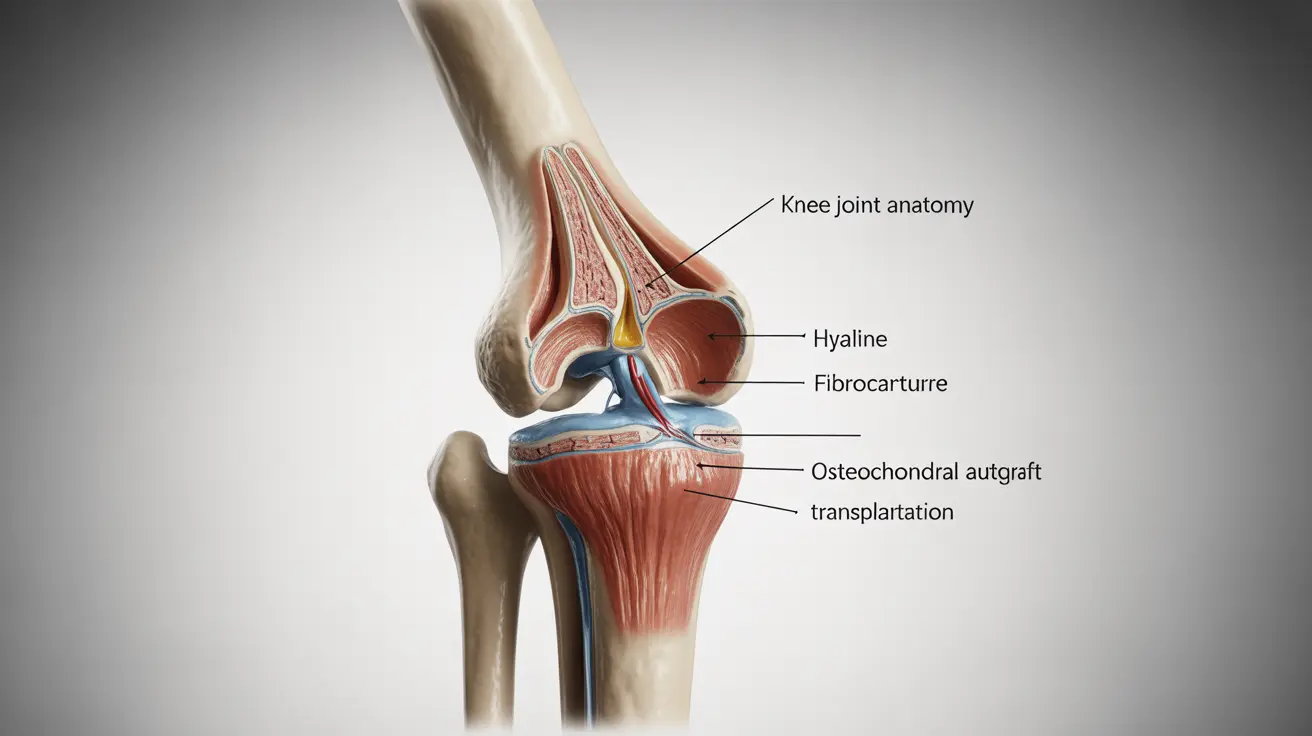According to a recent survey by the Office for National Statistics (ONS), almost 10 million people in England could be waiting for an NHS appointment or treatment. This figure, derived from a survey of about 90,000 adults, suggests that 21% of patients are waiting for a hospital appointment or to start receiving treatment on the NHS. This represents a significant increase from the previously estimated 7.6 million people waiting, highlighting the growing crisis within the NHS. The delays are particularly severe among 16-24-year-olds, with one in five experiencing waiting times of more than a year.
Amidst this landscape of delay and uncertainty within the NHS, self-pay diagnostics has emerged as a viable alternative for those seeking immediate medical attention. This model allows patients to bypass long NHS queues by paying out of pocket for private testing services. The popularity of self-pay diagnostics has skyrocketed as patients are increasingly willing to invest in their health for faster service and peace of mind. As well as offering faster appointments and results, these services provide access to a wider range of tests, some of which may not be readily available through the NHS due to cost constraints or prioritisation policies. As NHS resources continue to be stretched, the shift towards self-pay options represents a critical evolution in the UK healthcare landscape, reflecting a growing trend towards personalised and expedient healthcare solutions.
The Current State of NHS Diagnostic Services
NHS diagnostic services are characterised by significant waiting times and overcrowding, causing widespread concern among patients and healthcare providers alike. At the Royal Free Hospital, for example, patients are reportedly waiting several hours for blood tests. This situation has been exacerbated by the decision of Barnet GPs to stop offering these services in their surgeries, further straining hospital resources. Such delays are not isolated incidents but reflect a broader trend within the NHS.
Data from various sources indicate that the average waiting time for routine tests, including MRI scans and blood tests, can extend to several weeks or even months. This protracted wait for essential diagnostic procedures severely impacts patient health and well-being. Personal stories reveal the anxiety and stress experienced by patients, with many fearing that delayed diagnoses could lead to serious health complications. Indeed, the longer patients wait for diagnostic tests, the greater the risk of undetected conditions worsening, which can result in more complex and costly treatments in the long run.
These delays also contribute to increased long-term healthcare costs as conditions that could have been managed more effectively with early detection require more intensive and expensive interventions later. Thus, the current inefficiencies in NHS diagnostic services underscore the urgent need for systemic improvements to reduce waiting times and improve patient outcomes.
The Shift Towards Self-Pay Diagnostics
As waiting times for routine tests have lengthened, many patients have sought alternatives that offer quicker access to essential diagnostics. This trend has led to a notable rise in self-pay diagnostic services, with statistics showing a significant increase in the number of patients opting to pay out of pocket for faster, more reliable testing.
Self-pay diagnostic services offer a wide range of tests, including blood tests, urine tests, and specialised screenings for conditions like cancer and cardiovascular diseases. These services provide a crucial advantage in terms of turnaround times, often delivering results within days as opposed to the weeks or months typical of the NHS. For instance, while obtaining results for specialised screenings through the NHS might take several weeks, a self-pay service can often provide the same within a few days.
The costs for these services vary, but many patients find the expense justified by the reduced waiting time and the peace of mind that comes with prompt results. A blood test might cost around £50, while more complex tests can vary in cost. Despite the higher costs, the growing popularity of self-pay diagnostics underscores the public’s demand for timely and efficient healthcare solutions, highlighting a significant shift in the landscape of medical diagnostics in the UK.
Benefits of Self-Pay Diagnostics
Self-pay diagnostics offer significant benefits, primarily in timeliness and convenience. These services enable patients to receive test results much faster than through the NHS, often within days instead of weeks or months. Flexible scheduling options allow patients to choose appointment times that suit their busy lives, reducing the stress and uncertainty associated with long waiting periods.
For example, one patient used a self-pay service to quickly manage their health by opting for a comprehensive blood test and received their results within 48 hours. This prompt feedback allowed them to take immediate action and improve their health. Another patient, concerned about allergies, accessed a quick allergy test that identified specific triggers, enabling effective management of their symptoms.
Self-pay diagnostics also cater to specialised needs such as screening tests for active and sports individuals, executives requiring quick health screenings, and those managing weight loss or dietary changes. These tests provide vital information quickly, helping individuals take proactive steps towards their health goals and addressing any potential issues promptly.
The quality of care provided by self-pay diagnostic services is generally high. Private diagnostic centres are often equipped with state-of-the-art technology and staffed by experienced professionals. Many of these centres hold accreditations from recognized bodies, ensuring they meet stringent standards for accuracy and reliability. Regulation of private labs and diagnostic centres further ensures that patients receive high-quality care comparable to or exceeding NHS standards.
Despite these benefits, there are challenges and considerations. The primary concern is affordability, as self-pay services can be expensive, potentially leading to inequalities in access to timely diagnostics. Additionally, there is the challenge of integrating self-pay diagnostic results into NHS care pathways, ensuring continuity of care and comprehensive treatment planning. Addressing these challenges is crucial for maximising the benefits of self-pay diagnostics while minimising disparities in healthcare access.
GetLabTest.com: Revolutionising Self-Pay Diagnostics
GetLabTest.com is a key player in the self-pay diagnostics sector, offering a range of services including blood tests, urine tests, and specialised health screenings. Their innovative use of AI-driven analysis and results interpretation, validated by medical doctors, ensures high-quality diagnostics. By providing faster and more convenient diagnostic options compared to the NHS, GetLabTest.com addresses significant healthcare bottlenecks.
With 278 diagnostic centres across the UK and home collection services, they offer wide accessibility. This accessibility enhances early detection and timely medical intervention, contributing to personalised healthcare solutions. The company’s commitment to quality and reliability through AI-supported results maintains high standards, making them a valuable resource in modern healthcare.
Also featured in:
The Associated Press




